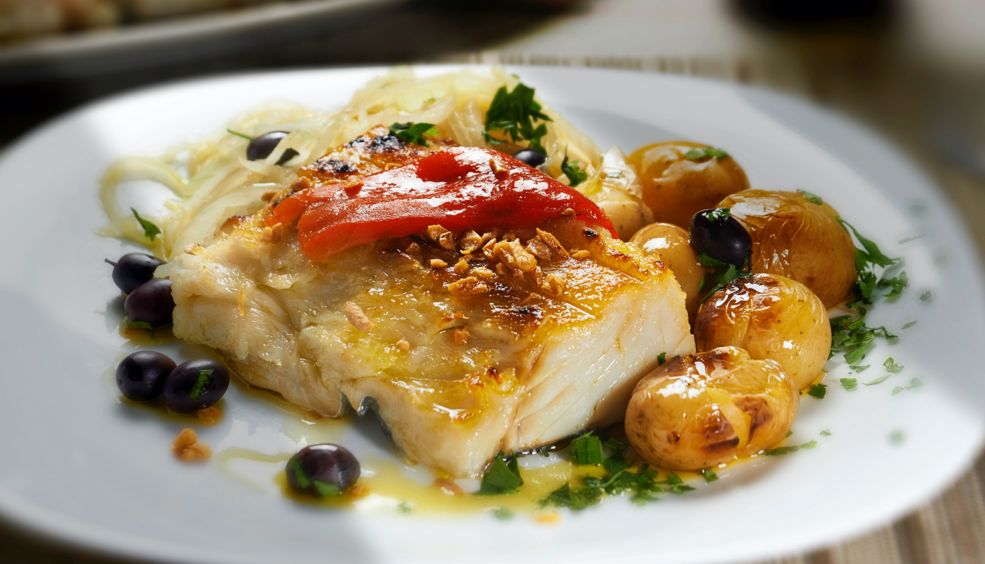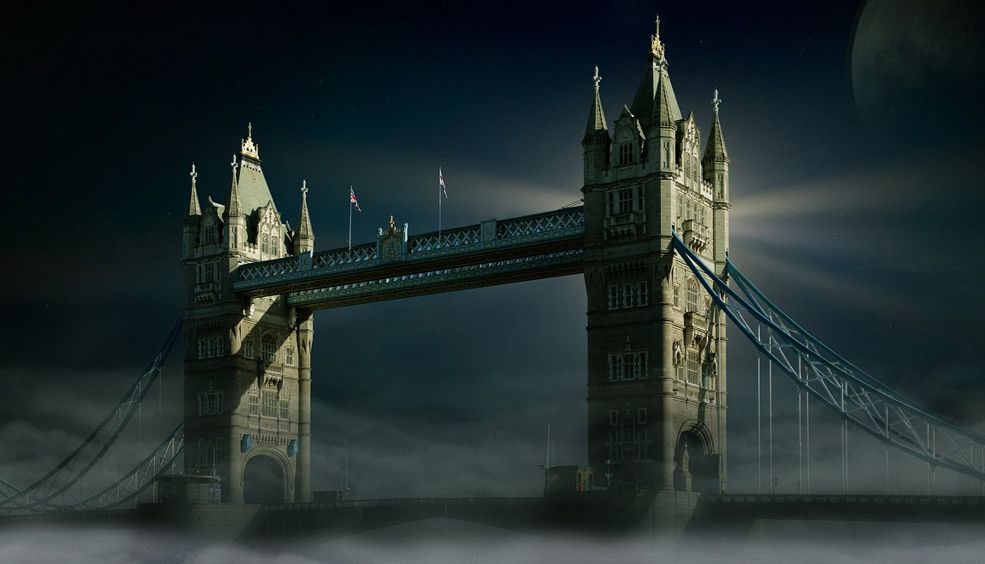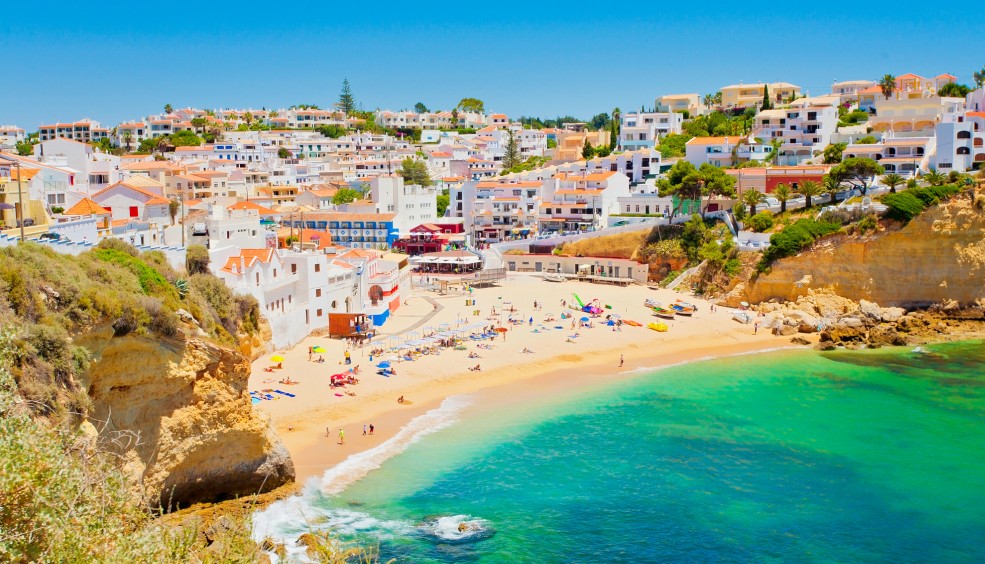10 PLACES TO GO WITH KIDS IN SPRING
A selection of family-friendly countries in Europe which are perfect for visiting with the kids this spring, by Mammaproof.
more infoGASTRONOMY IN PORTUGAL: A USEFUL LITTLE GUIDE ON THE SECRETS OF COD
Cod is a major institution in Portugal. Across the length and breadth of the country, you'll find it on every menu every day. Which is why we've prepared a useful little guide to help you learn more about this fish, including its history as well as the cultural and gastronomic aspects. And make no mistake… you'll be licking your fingers!
more infoEnjoy the spookiest Halloween ever. The best destinations in Europe!
Celebrate Halloween in one of the cities that we suggest in this post. If you love dark tourism and all things spooky, don’t miss these fang-tastic plans for 31 October (and the days around it!).
more info7 cheap destinations to enjoy before summer arrives
Do you fancy going away before the official summer holidays, to beat the crowds? Make a note of these ideas.
more info




